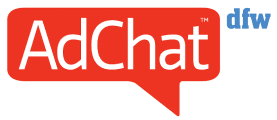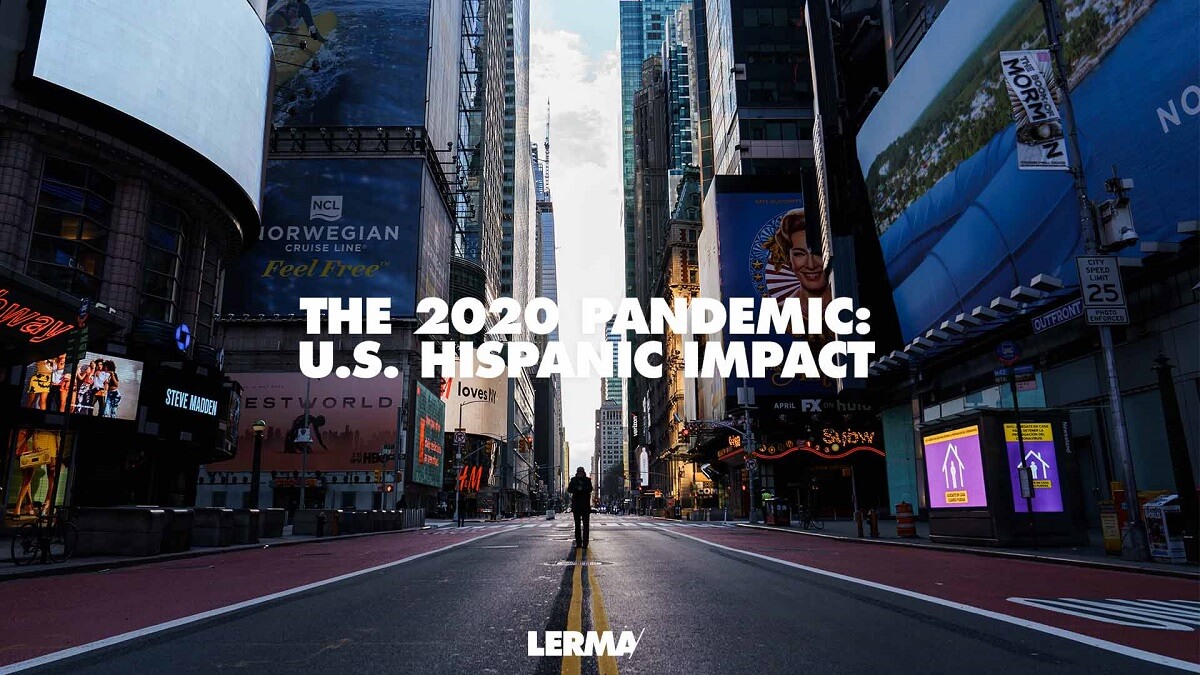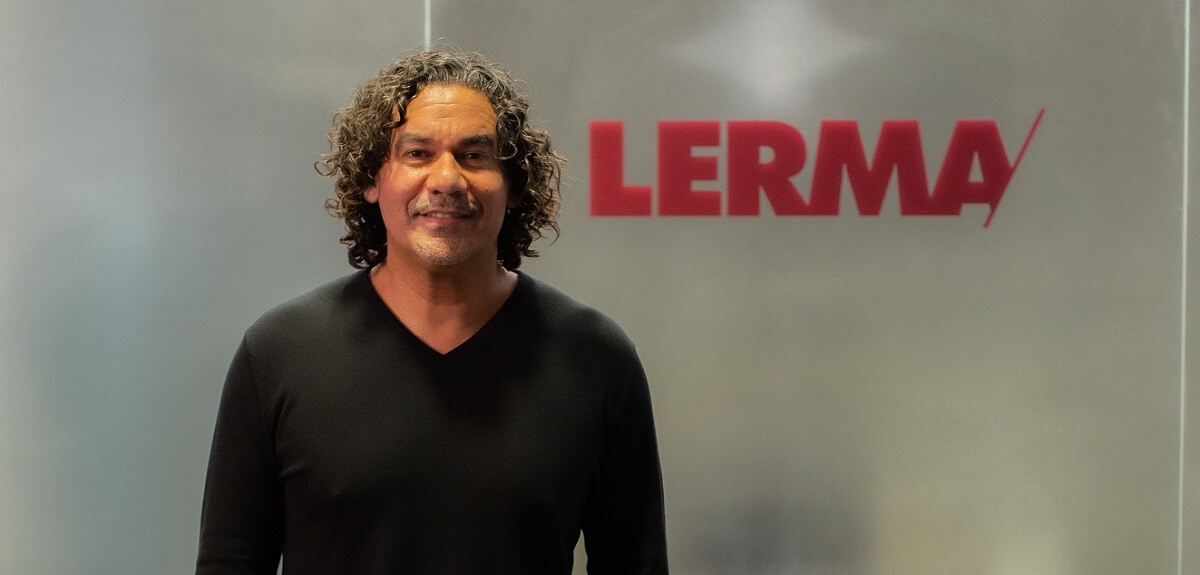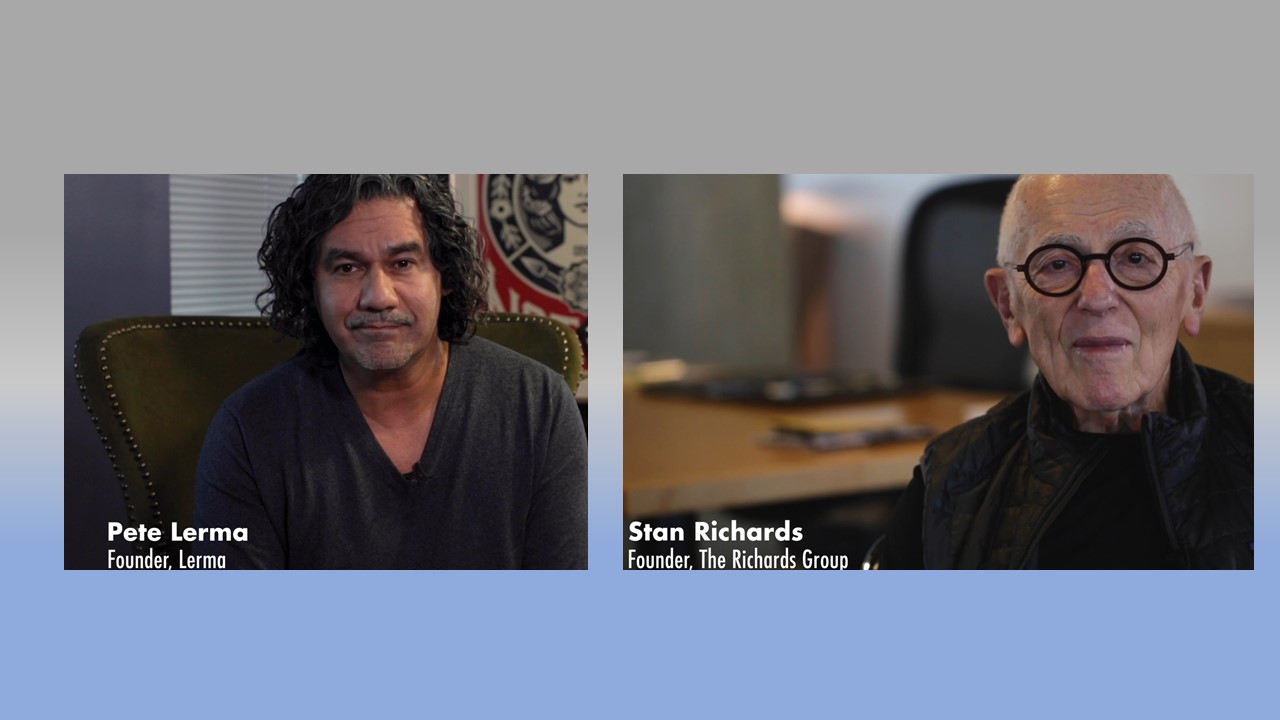by Elva Garza, Brand Leadership
I have been fortunate to attend the Billboard Latin Music Awards twice in my career, once in 2009 in Puerto Rico and most recently last week in Miami. With a total estimated viewership of over 5.5 million viewers, a third of which came from online-streaming, the Premios Billboard continues to be one of the premier events for the US Hispanic community and one of the most relevant partnerships for brands.
There were a number of things that have changed since 2009—mobile usage wasn’t nearly as big as it is right now, social media was just a blip in a media plan and brand integration was mostly reserved for the commercials we saw on TV. The one thing that remained the same is that music is still king for Hispanics and that brands want to capitalize on
this passion point. Below are some of the highlights from the event.
1.) Respect the old, embrace the new
This applies to music; I could not tell if the applause was louder for Juan Gabriel or Gente de Zona. It also applies to media choices as exemplified by Premios’ largest event sponsor, Target. Not only did they leverage this moment in time by launching four commercials on ol’ faithful TV, but also enhanced their connection with Millennials by taking over the Billboard Latin Music Awards’ Snapchat live story. Their multichannel approach even extended to newish players to the game, such as Buzzfeed.
2.) Duality
The theme of this year’s Billboard Latin Music Awards was Dúos. This was expressed by duet performances by some of the industry’s most iconic performers; think Marco Antonio Solis and Marc Anthony. However, what stood out to me the most was the combination of presenters that in many cases played homage to the dual-world US Hispanics are living in now. For example, an award was co-presented by Today Show’s Natalie Morales and Un Nuevo Día’s Daniel Sarcos. But perhaps the loudest cheers and laughs were when telenovela sweetheart Angélica Vale presented with Andy Sandberg. The crowd roared when he proceeded to make fun of his lack of Spanish and ‘gringo’ways.
3.) Brands need to camouflage into the experience
As someone in the industry, it can be easy to become immune to advertisement or fall for a brand integration trap – after all; we know a lot of the tricks in the book. Not! While in Miami, I also attended the Billboard En Vivo event, we found ourselves participating in every branded photo booth, enhancing every Snapchat with a branded filter and even advocating for a liquor brand after sampling their product at the event… And I wasn’t the only one. My key takeaway here was that Hispanic consumers want to engage with your brand, you just have to make it fun for them and be part of their experience while not taking away from it.
Overall, I came to the realization that music continues to be one of the biggest passion points for Hispanics. Of all the partnerships I have been part of, music is when I witness them be the most authentic. It is not our job to try to overtake the experience; instead we should find ways to organically be part of it. After all, it is the consumer who is allowing us to be part of this very intimate passion of theirs.









